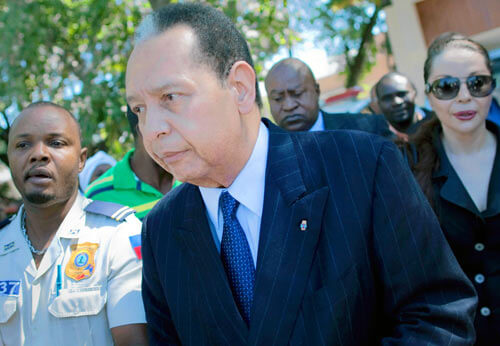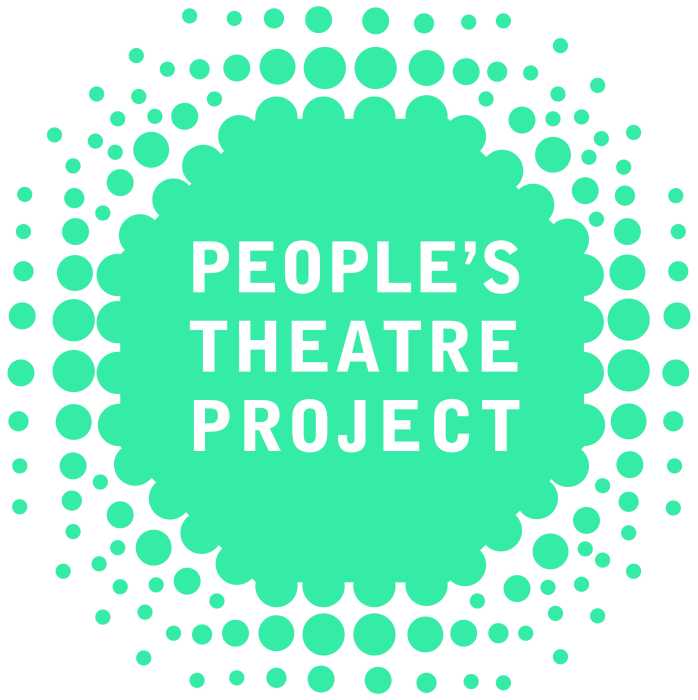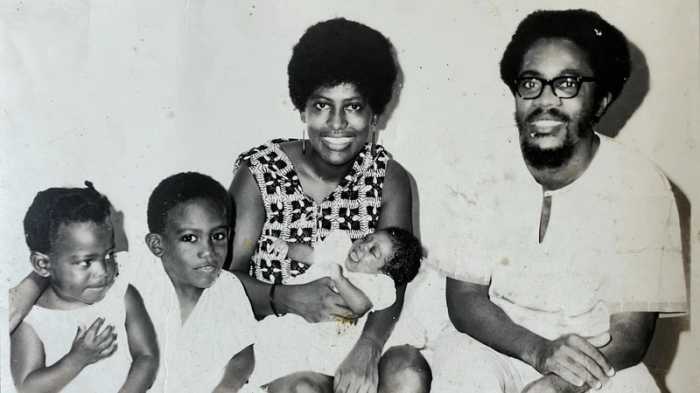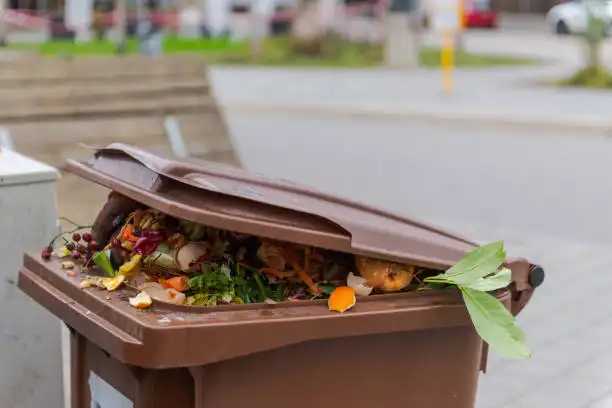UNITED NATIONS, Oct. 9, 2015 (IPS) – The new Sustainable Development Goals, agreed upon recently by the member states of the United Nations, are all interconnected, as has been reiterated time and again. However, it is in the new Goal 6 – “Ensure access to water and sanitation for all”—for which this interconnectedness is most apparent.
Water flows throughout the 2030 Development Agenda. And sanitation and hygiene underpin any possible gains from access to water.
If we do not reach Goal 6, the other goals and targets will not be reached. Progress in the areas of education, health, inequality and extreme poverty all depends on how well we do on water and sanitation.
The United Nations some years ago declared that access to water and sanitation is a basic human right. However today, 663 million people are without access to adequate drinking water and 2.4 billion lack adequate toilets.
We at UNICEF are particularly concerned about the children, who are disproportionately affected by the lack of access to these basic needs.
It affects their health. Water and sanitation related diseases are one of the leading causes of death in children under five. Without access to sanitation hundreds of them fall ill and die every single day from preventable causes, particularly diarrhoea and other fecal-oral diseases.
It affects their education. In many communities, girls stay out of school because they need to fetch water; because they do not have a safe space to use when they menstruate; because they must help their mothers care for those who are sick – often from water-borne diseases.
It affects their nutritional status and their development. There is emerging evidence of direct linkages between lack of access to water and sanitation, and chronic malnutrition. Around 159 million children worldwide are stunted (short height for age), a condition which causes irreversible physical and cognitive damage. The repercussions of stunting can be felt beyond the individual child. It can significantly diminish the learning and future earning potential of entire generations, and thus negatively affect the local and national economy.
It affects equality and equity. One important aim in the new SDGs is the goal to reduce inequalities. New evidence from the World Bank shows that investing in water and sanitation for the poorest 20 per cent of a population yields greater economic returns than investing in the other quintiles and thus has the potential to reduce societal inequalities.
Our data from 45 developing countries show that in 7 out of 10 households, the burden of collecting water falls to women and girls, so access would also aid gender equity.
A side event in the margins of the UN General Assembly, hosted by the governments of the Netherlands, South Africa, Hungary and Bangladesh, concluded that targeting the poorest and the most marginalized will require an immense mind-shift for governments. But it must be done.
It cannot be done without strengthening institutions and improving the accountability of governments and service providers. And it will not be done without involving those who have the most at stake – the poor, women, and adolescents – in planning and in monitoring of services. Their influence has already been brought to bear in the drafting of Goal 6, the fastest agreed-upon goal.
It is no coincidence that impressive results are achieved by working closely with those directly affected. Partnership with them is not a ‘nice-to-have’ but a must-have.
In short, access to water and sanitation is not only a matter of dignity and human rights, but fundamental to our ability to attain any of the goals the governments of the world have just adopted.
We must start right away on working on Goal 6, and it can’t be business as usual: we need to start with the most disadvantaged, or we risk losing the gains we have so painstakingly made in the last 15 years, and we endanger the future. There is no time to waste.
Dr Geeta Rao Gupta, deputy executive director (Programmes), joined UNICEF in June, 2011, and brings over 20 years of experience in international development programming, advocacy and research to the UN children’s agency.























